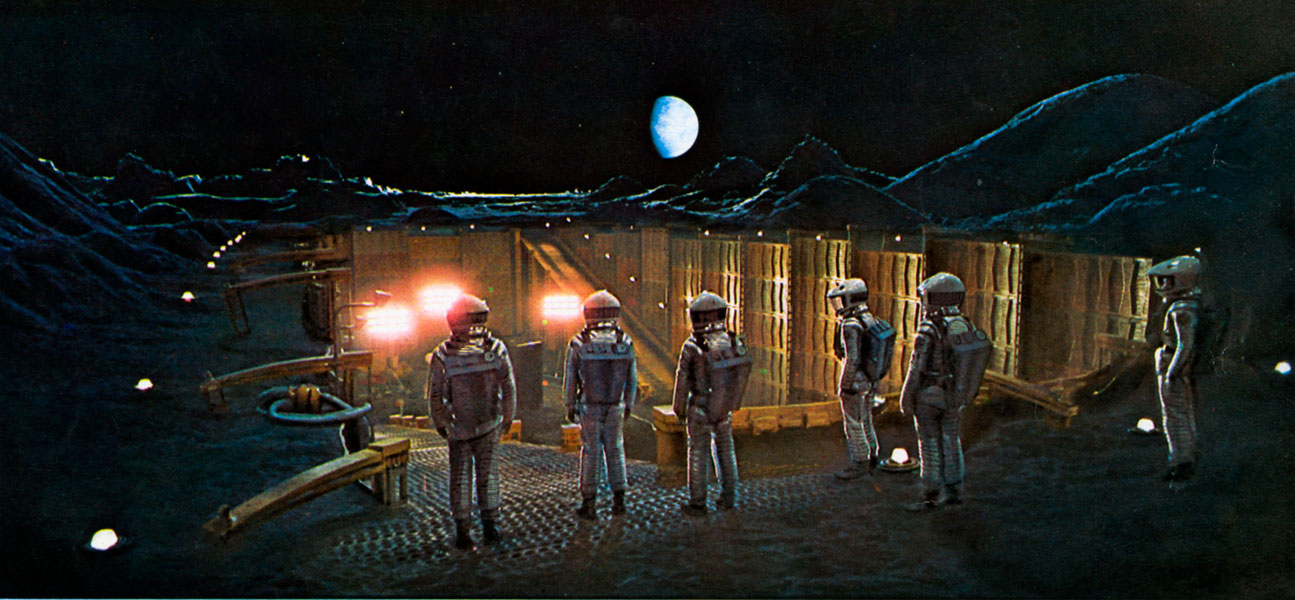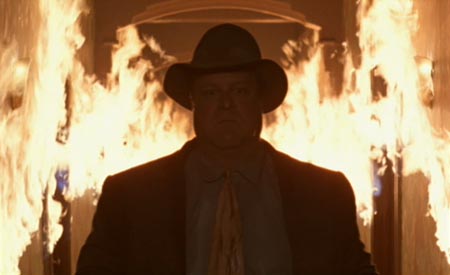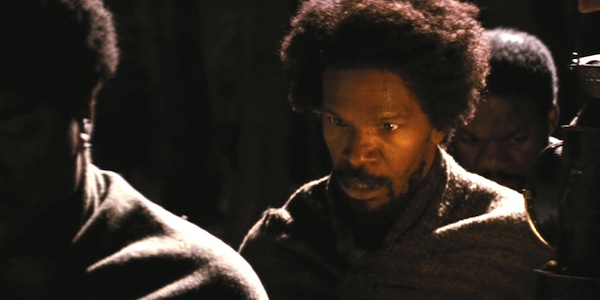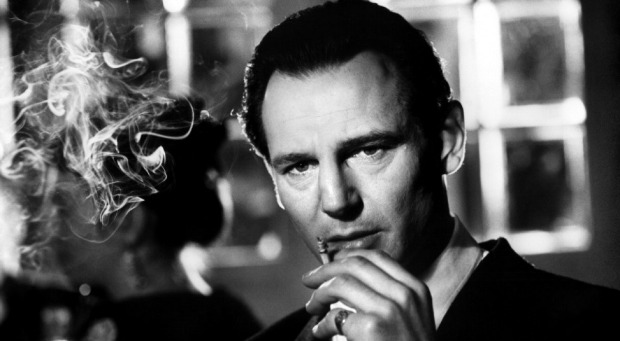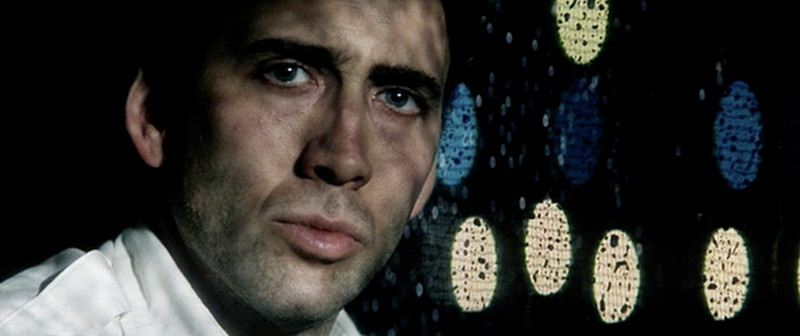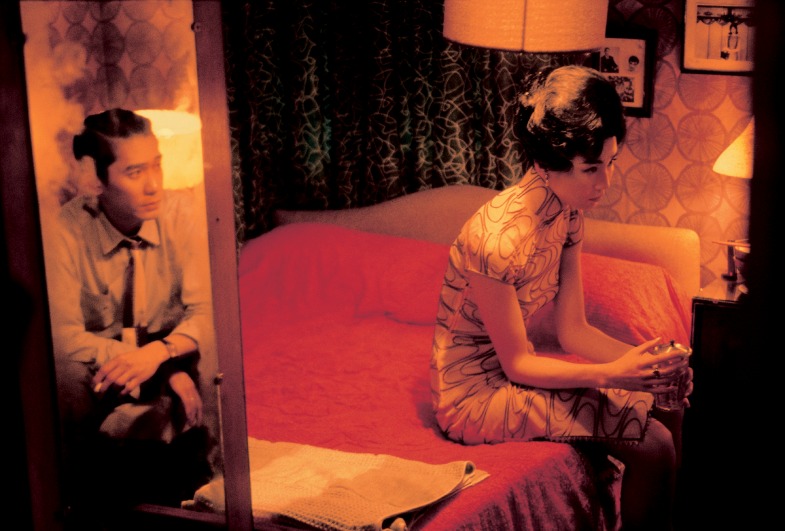Indiscernible and usually overlooked, the lighting of a film set is all too often an unappreciated art form. The tireless work of a skilled lighting technician typically goes unnoticed by the movie going masses and, when done properly, that’s the way it should be. Natural yet synthetic, subtle yet bold, the final product should effectively be a paradox: an unseen vision.
There’s no Oscar for our friend, the lonely Gaffer. No, their labor of love garners no individual accolades or glory. Instead, their hard work is considered to be an extension of the cinematographer. Still, shouldn’t there be some kind of award for those films that do it better than others? After all, every single thing we see on film is light. As Cecil B. DeMille once said, “Lighting is to film what music is to opera.”
The Oscars honor movie sound with two awards, yet lighting receives bupkis. Cinematography is more than the use of lenses, creative angles and stunning composition, it’s also the art of light. Most every scene in a movie is lit with a mind boggling array of equipment and a Gaffer with an overworked light meter. Next time you notice how striking those talented actors look up on that big screen, remember that it’s primarily achieved through the use of artificial illumination.
With that in mind, here’s ten films that beautifully light it up for us:
10. Barton Fink
Barton’s isolation and looming madness is made even more apparent by that shadowy dump of a room he’s sequestered himself in. Dark, ominous, and depressing, the contrast created by the shadows in The Hotel Earle make Barton’s struggle seem even more lonely and desperate. Charlie Meadows’ treacherous rampage down the burning hall is a brilliantly lit masterpiece as well.
9. Django Unchained
Quentin loves his bright overhead light sources. Pretty much every Tarantino flick has a few scenes with a spotlight from above during key moments. Look at the scene with Landa and LaPadite at the beginning of Inglorious Basterds. A farmhouse with no electricity shouldn’t have a glaring light coming down from the heavens, yet there it is. Ditto for Django. After the massacre at the Candie plantation, notice the incredibly bright light shining from above on Jamie Foxx. Oil lamp technology during the 1860’s certainly wouldn’t be capable of such brilliance, yet we don’t notice.
The same goes for the scene where Dr. Schultz meets Django and the other unfortunate souls he’s chained to. Texas, in the middle of the night, is more than likely a pretty dark place yet we can see the characters quite clearly. All this light should seem odd, but we don’t notice. It must be from that especially bright moon raining light all over the set. The art of lighting is the delicate balance between the obvious and the vague. Tarantino is its master.
8. Schindler’s List
Lighting for black and white is a different critter altogether. Certain color tones either come out garish or washed during filming. The art is in the light. Delicate in parts and bold in others, the lighting of this film’s various scenes mirrors the ever changing mood. Despair, hope, anger and triumph are all reflected in the light.
The contrasts in this film are numerous and effective as well. The pale faces in the darkened alleyways for example, as well as the bright candles in the dark, are images that show us the duality of man and the boundary between good and evil. Oskar Schindler’s face is seen as a contrast as well. Often veiled in shadow, his complexities are subtly implied. Even the use of black and white is a metaphor showing us the contradictions of our nature.
7. Bringing Out The Dead
Who said lighting needs to be subtle? We’ve all had jobs that make us feel unappreciated and depressed to some degree. When working at a job such as that, it seems the theoretical spotlight is constantly upon us, highlighting our misery.
With Bringing Out The Dead, Scorsese manages to subconsciously bring out that angst in an obvious, yet unnoticeable way. This flick’s bold use of light is unrelentingly effective throughout. The light eventually becomes a symbol for Cage’s beat-down at the hands of both his career and society at large. Omnipresent and intimidating, it looms over his very being until the final frame.
6. In The Mood For Love
This gorgeously shot flick was so leisurely and voyeuristically filmed that the light had to have a certain aloofness to it. Always there yet seemingly absent, the shadowy illumination helps emphasize Mo-wan and Li-zhen’s forbidden relationship beautifully. The lighting almost manages to create its own separate narrative.
Rarely does such an elegant flick grace us with such a limber presentation. In The Mood For Love is a celluloid ballet of light and shadow whose beauty is undeniably present throughout it’s 98 minutes. Sadly, it remains largely unknown in the States.
